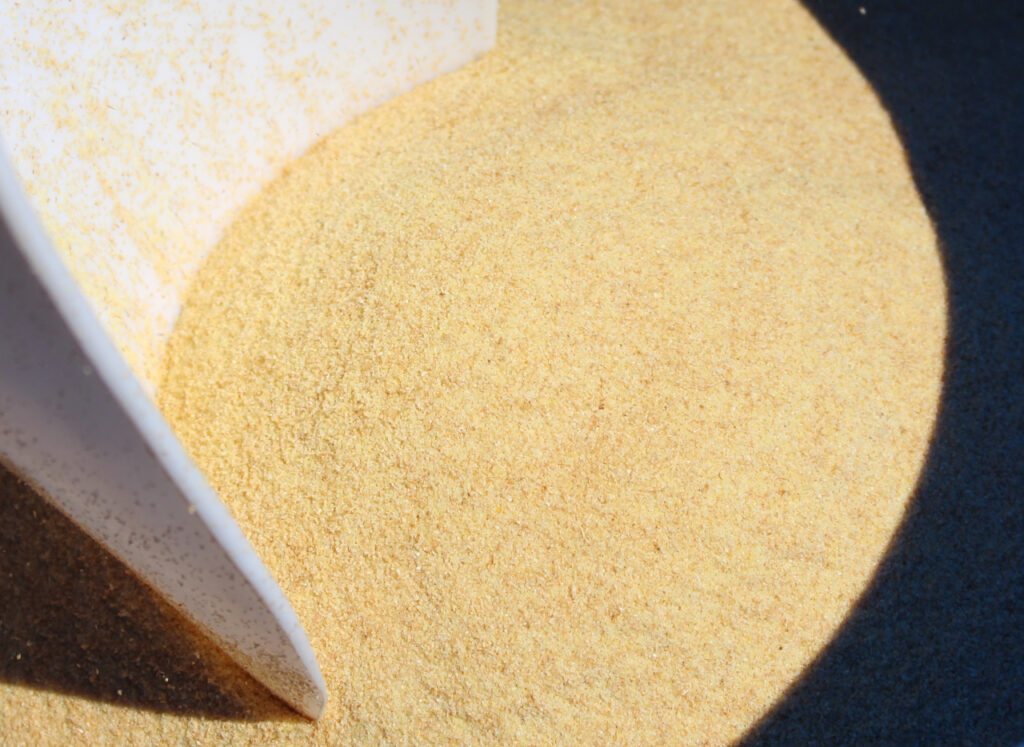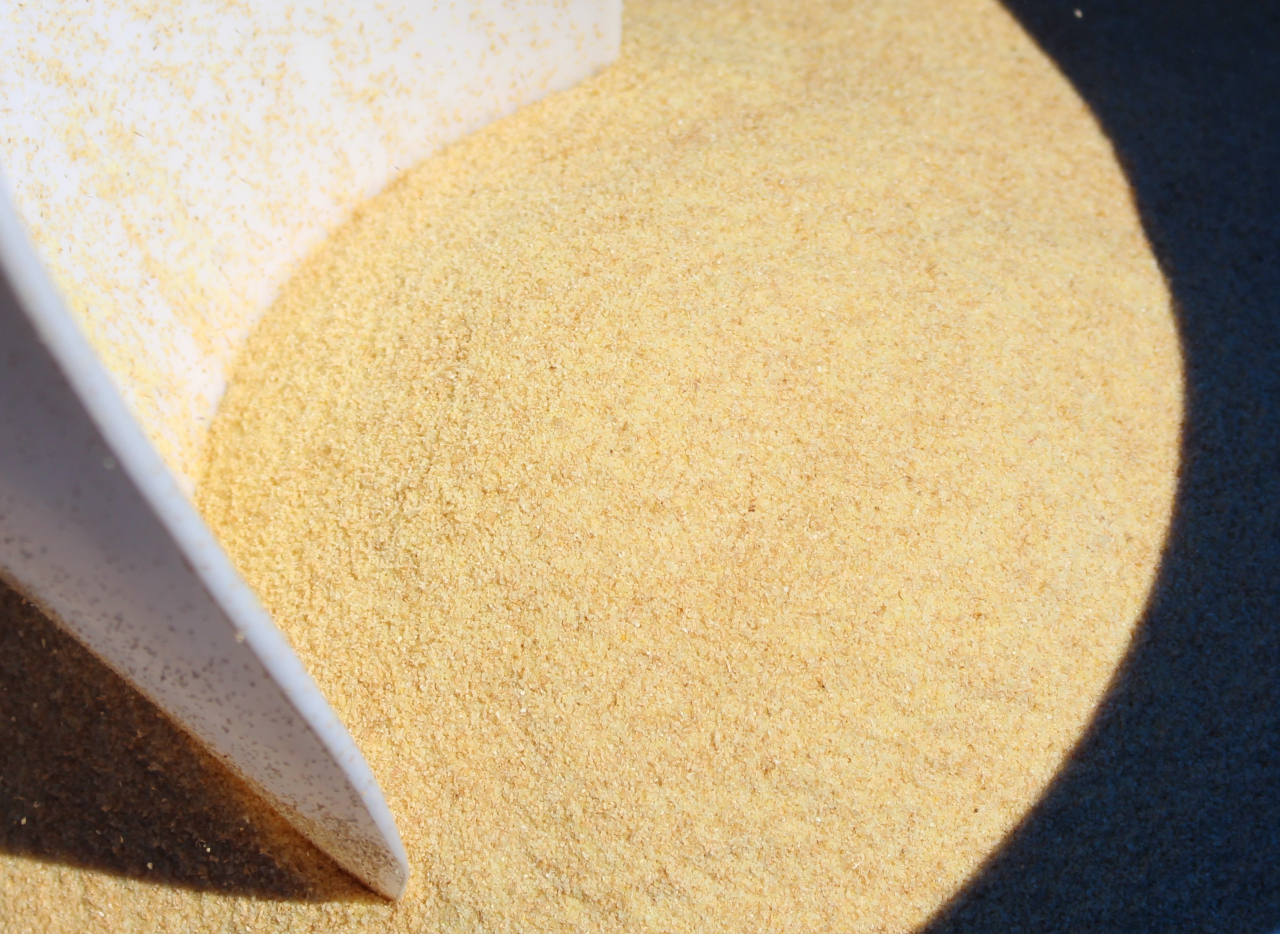
Unlocking the Nutritional Powerhouse: What is Durum Wheat Semolina?
In the realm of culinary delights and nutritional powerhouses, durum wheat semolina stands out as a versatile and essential ingredient. From pasta to couscous, its applications are vast, and its nutritional profile is impressive. But what exactly is durum wheat semolina, and why has it become a staple in kitchens worldwide? This article delves into the intricacies of durum wheat semolina, exploring its origins, production, uses, and nutritional benefits. We’ll also examine its role in various cuisines and provide insights into selecting and storing this valuable grain product.
Understanding Durum Wheat and Semolina
To fully appreciate durum wheat semolina, it’s crucial to understand its origins. Durum wheat (Triticum durum) is a tetraploid wheat species, meaning it has four sets of chromosomes. This contrasts with common wheat (Triticum aestivum), which is hexaploid with six sets of chromosomes. Durum wheat is prized for its hardness, high protein content, and gluten quality, making it ideal for pasta production.
Semolina, derived from the Italian word ‘semolino,’ refers to the coarsely ground endosperm of durum wheat. The endosperm is the starchy inner part of the wheat kernel. During the milling process, the endosperm is separated from the bran and germ and then ground into granular particles. The size and consistency of these particles determine the grade of durum wheat semolina. Finer semolina is often used in pastries and cakes, while coarser semolina is preferred for pasta and couscous.
The Production Process of Durum Wheat Semolina
The journey from durum wheat grain to durum wheat semolina involves a series of carefully controlled steps. Here’s a breakdown of the process:
- Cleaning: The durum wheat grains are thoroughly cleaned to remove impurities such as stones, dirt, and other foreign materials.
- Tempering: The grains are moistened to toughen the bran and soften the endosperm, facilitating easier separation during milling.
- Milling: The tempered wheat is passed through a series of rollers that gradually grind the endosperm into semolina. Different grades of semolina are produced depending on the milling process.
- Sifting and Purification: The semolina is sifted and purified to remove any remaining bran and to separate the different particle sizes.
- Packaging: The final product, durum wheat semolina, is packaged and ready for distribution.
Culinary Applications of Durum Wheat Semolina
Durum wheat semolina is incredibly versatile and plays a significant role in various cuisines around the world. Its unique properties make it suitable for a wide range of dishes.
Pasta
Perhaps the most well-known application of durum wheat semolina is in pasta production. The high gluten content of durum wheat gives pasta its characteristic elasticity and ability to hold its shape during cooking. Pasta made from durum wheat semolina also has a slightly nutty flavor and a firm texture.
Couscous
Couscous, a staple in North African cuisine, is another popular use of durum wheat semolina. Couscous consists of small, steamed granules of semolina. It is often served with stews, vegetables, and meats. [See also: Exploring North African Cuisine: A Culinary Journey]
Breads and Cakes
Durum wheat semolina can also be used in baking to add texture and flavor to breads and cakes. It contributes a slightly coarse texture and a subtle sweetness. In some cultures, it is used to make traditional desserts and pastries.
Porridge and Pudding
In some parts of the world, durum wheat semolina is used to make porridge or pudding. It can be cooked with milk or water and sweetened with sugar, honey, or fruit. This makes a comforting and nutritious breakfast or dessert.
Nutritional Benefits of Durum Wheat Semolina
Beyond its culinary versatility, durum wheat semolina offers several nutritional benefits. It is a good source of complex carbohydrates, protein, and fiber. It also contains essential vitamins and minerals.
- Complex Carbohydrates: Durum wheat semolina provides a sustained release of energy due to its complex carbohydrate content. This helps to keep you feeling full and energized for longer.
- Protein: It is a good source of plant-based protein, which is essential for building and repairing tissues.
- Fiber: The fiber content in durum wheat semolina aids digestion and promotes gut health. It can also help to regulate blood sugar levels.
- Vitamins and Minerals: It contains essential vitamins such as B vitamins (including folate) and minerals like iron and magnesium.
Durum Wheat Semolina vs. Other Types of Semolina
While durum wheat semolina is the most common type, it’s important to distinguish it from other types of semolina, such as rice semolina or corn semolina. These alternatives have different nutritional profiles and culinary applications.
Durum wheat semolina is generally higher in protein and gluten compared to other types. This makes it the preferred choice for pasta and bread making. Rice and corn semolina, on the other hand, are gluten-free and are often used in gluten-free baking and cooking.
Selecting and Storing Durum Wheat Semolina
When purchasing durum wheat semolina, look for a product that is free from impurities and has a consistent color and texture. Check the packaging for any signs of damage or contamination. It should have a fresh, slightly nutty aroma. Avoid products that smell musty or stale.
Proper storage is essential to maintain the quality of durum wheat semolina. Store it in an airtight container in a cool, dry place away from direct sunlight and moisture. Properly stored, it can last for several months. [See also: The Ultimate Guide to Food Storage: Tips and Tricks]
Durum Wheat Semolina in Different Cultures
The use of durum wheat semolina varies across different cultures, reflecting unique culinary traditions and preferences.
Italy
In Italy, durum wheat semolina is primarily used for making pasta. Italian pasta makers take pride in using high-quality semolina to produce pasta with the perfect texture and flavor. Different regions of Italy have their own traditional pasta shapes and recipes.
North Africa
In North Africa, durum wheat semolina is the main ingredient in couscous. Couscous is often served with tagines, stews, and grilled meats. It is a staple food in countries like Morocco, Algeria, and Tunisia.
Middle East
In the Middle East, durum wheat semolina is used in a variety of dishes, including breads, pastries, and desserts. It is often combined with spices, nuts, and dried fruits to create flavorful and aromatic dishes.
India
In India, durum wheat semolina, known as ‘sooji’ or ‘rava’, is used to make dishes like upma, idli, and halwa. Upma is a savory porridge made with semolina and vegetables, while halwa is a sweet dessert made with semolina, sugar, and ghee.
The Future of Durum Wheat Semolina
As the global demand for nutritious and versatile food ingredients continues to grow, durum wheat semolina is poised to remain a staple in kitchens around the world. Ongoing research and development efforts are focused on improving the quality and yield of durum wheat, as well as exploring new applications for semolina in food production. With its rich history, nutritional benefits, and culinary versatility, durum wheat semolina is sure to play a significant role in shaping the future of food.
Conclusion
Durum wheat semolina is more than just an ingredient; it’s a cornerstone of culinary traditions around the globe. From the pasta dishes of Italy to the couscous of North Africa, its versatility and nutritional value are undeniable. Understanding its origins, production, and uses allows us to appreciate the significance of this humble grain product. Whether you’re a seasoned chef or a home cook, incorporating durum wheat semolina into your recipes can elevate your dishes and provide a healthy dose of essential nutrients.

